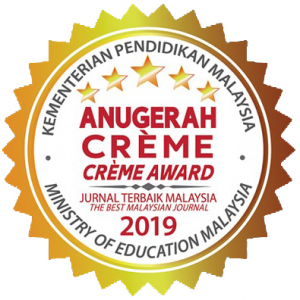To cite this article: Hadrawi, M. 2016. Narratives of sexuality in Bugis and Makasar manuscript, trans. Druce, S. C. In Orality, writing and history: The literature of the Bugis and Makasar of South Sulawesi, ed. Druce, S. C. International Journal of Asia Pacific Studies 12 (Supp. 1): 187–206, http://dx.doi.org/10.21315/ijaps2016.12.s1.9
Abstract
This paper discusses a particular category of text called assikalaibineng, which contain a range of Bugis and Makasar knowledge relating to sexual procedure and relations for married couples. The sexual knowledge in these texts was mainly restricted to members of Sufi tariqa, in particular the elite, and assikalaibineng sexual knowledge was shaped by both indigenous practices and Islamic values and Sufi teachings. In this paper, I focus on the following assikalaibineng sexual knowledge: the ideology and symbols of assikalaibineng, actions to be taken by newlyweds, and the detailed three-stage procedure a couple should follow during sexual intercourse. In addition, I discuss the Sufi links to assikalaibineng knowledge and the problematic textual transmission of this knowledge.
Download

